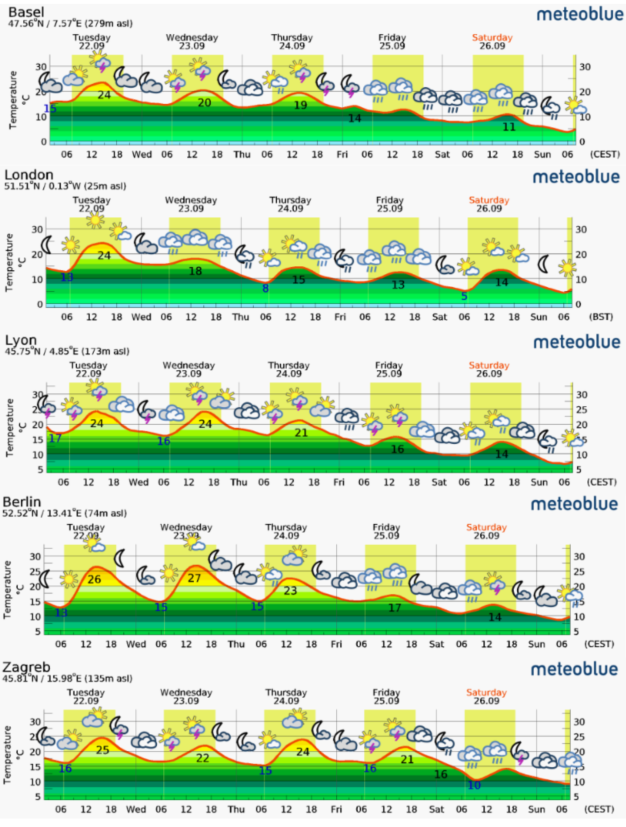
1/ In much of Switzerland, we had a significant drop in temperature about 2 weeks ago. Likely people have come indoors, closed windows, & turned on heaters - all things that increase #SARSCoV2 #COVID19 transmission.
Winter isn't coming - it's here. And it's making things harder.
Winter isn't coming - it's here. And it's making things harder.
https://twitter.com/firefoxx66/status/1308436166136467457
2/ In #Switzerland we have been teetering over the edge for weeks: a slow but sustained rise in cases. Our actions were slowing transmission, but not stopping it. The thermostat drop may have just given us a gentle push into more effective #SARSCoV2 spread.
3/ Rising #SARSCoV2 cases are bad on all counts:
- More chance of spilling into older age groups (worse outcomes) 👵🏼
- More chance of rare bad outcomes in younger ages 🤒
- And cases beget cases - the more there are, the harder it is to contain them 📈
- More chance of spilling into older age groups (worse outcomes) 👵🏼
- More chance of rare bad outcomes in younger ages 🤒
- And cases beget cases - the more there are, the harder it is to contain them 📈
4/ We could keep #COVID19 cases low without extreme restrictions (other countries have done it), but only if we bring them down. The longer we wait, the harder that will be.
The sooner we act, the sooner we are all safer! #SARSCoV2 waits for no one.
The sooner we act, the sooner we are all safer! #SARSCoV2 waits for no one.
• • •
Missing some Tweet in this thread? You can try to
force a refresh





